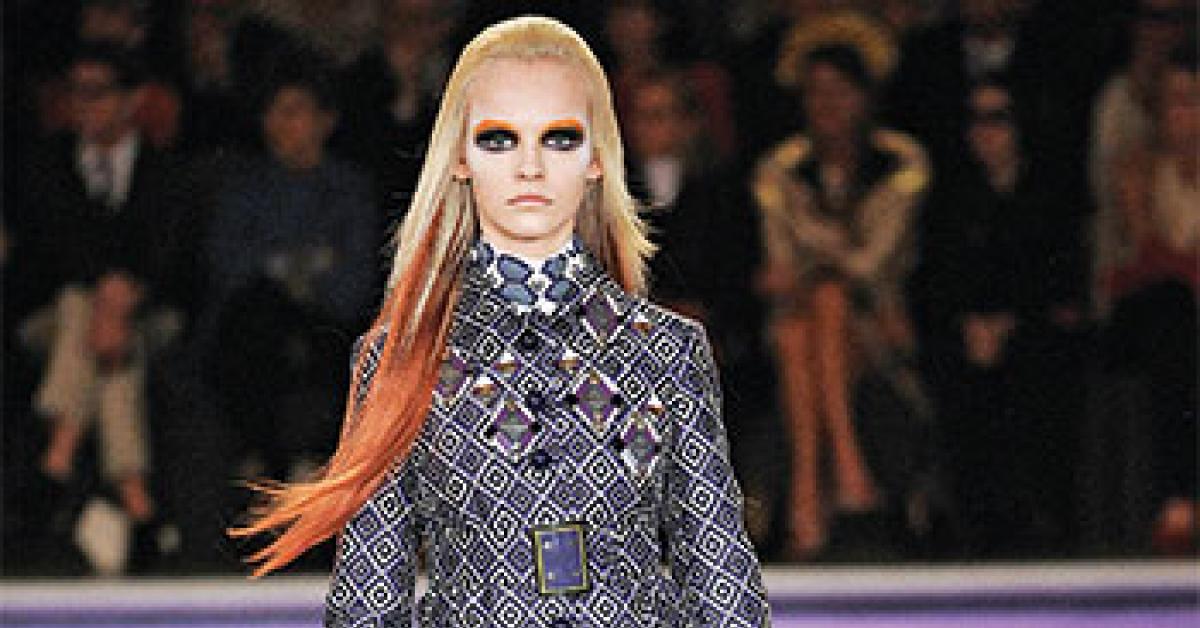CHICAGO — The fall 2012 couture and ready-to-wear shows in Milan, New York and Paris offered up a variety of elegant, self-assured looks that were, for once, neither shockingly over-the-top nor snoozingly sedate. If anything, designers refined and reiterated the trends of the prior year, putting a pause on the march of style as if to say that these are the new staples, and all hell can break loose next season.
That’s not to say that the new fall styles are easy-care—they aren’t. Designers opted for some of the most difficult constructions and embellishments for this year’s collections, ensuring that what was once the reserve of the fashion revolutionary will soon be the purview of the mall and the middle class.
Fluorescent furs, mannish, matchy pantsuits, and origami-style outerwear are just a few of the trends that are moving quickly from catwalk to street, meaning that dry cleaners will soon face the specific challenges they pose—if they aren’t facing them already.
What follows is a primer on the fall fashions operators nationwide will see in the days and months ahead, and how to handle them without a faux pas.
PATTERNED
Head-to-toe graphic prints are popular this year, often in the form of menswear-inspired, mix-and-match (or all-match) pantsuits that offer an almost upholstered chic. Patterned trousers, jackets and suits in oranges and purples are giving those too young to have endured the Mod Squad styles of the 1970s the first time around a second shot at a so-ugly-it’s-cool look.
Fortunately, while this style may be an affront to the eye, it isn’t much trouble in processing. Fabric printing and dyeing technologies have improved to the point where colorfastness isn’t the problem it once was, says Alan Spielvogel, garment analyst with the National Cleaners Association (NCA). “With prints, use a short cycle and low temperatures,” he says, exercise care in using dry-side spotting agents, and run all pieces of an outfit together.
“Sometimes, they are designed to be exact matches,” says Chris Allsbrooks, director of training operations for ZIPS Dry Cleaners. “When you’re cleaning them, make sure the color stays true.”
Fading is most noticeable on vibrant colors and most common on surface prints, adds Joe Hallak Jr., vice president of Hallak Cleaners, so operators should test colorfastness with solvent or water before immersion. “Even after testing, garments can sometimes fade when going through the process, so do a better job in pre-spotting and use the cleaning process as sort of a rinse, [with a] very short cycle.”
Thursday: The fur and faux fur is flying this year, and not just as ostentatious outerwear...
Have a question or comment? E-mail our editor Dave Davis at [email protected].

